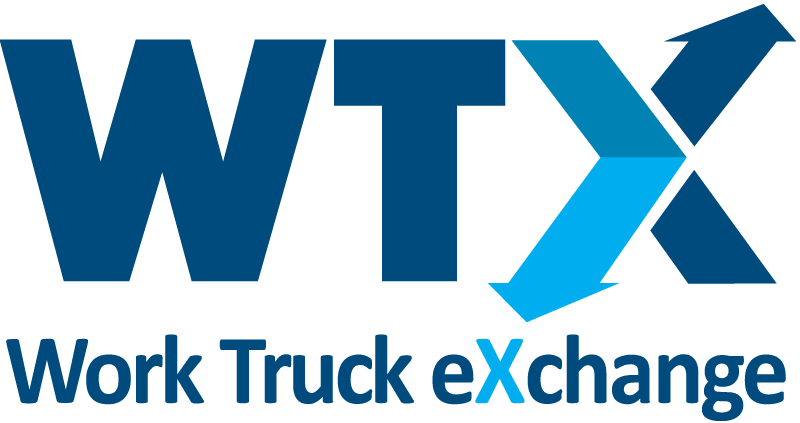The more expensive the asset, the longer it is kept in service; however, the need for short-term cost savings prompts some fleets to even further extend cycling parameters and defer replacements. But, what are the consequences?
USPS Should Use Mass-Market Vehicles, Report Says
The USPS could save as much as $1.9 billion by using modified, off-the-shelf mass-market vehicles and upgrading its fleet at least once in the next 20-25 years, according to a report from the organization Securing America's Future Energy (SAFE).

